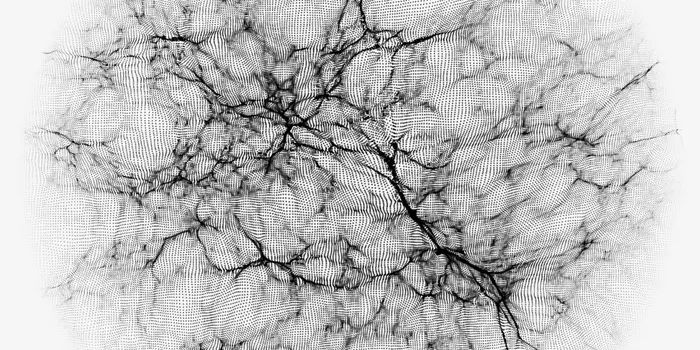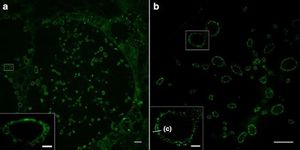3-D Printed, Realistic Heart Model for Training Future Physicians
Building a realistic tissue model is critical for training young physicians and surgeons, and yet challenging due to the innate complexity of human organs. Researchers at Carnegie Mellon University came up with a 3-D printing approach, which allowed them to embed soft biomaterials to a hydrogel base to create a full-size human heart model with a life-like texture.
Building on recent advances in a bioprinting technique, Freeform Reversible Embedding of Suspended Hydrogels (FRESH), the team of scientists used a biomaterial called alginate to mimic the soft-touching cardiac muscle tissue.
Alginate, the salt of alginic acid, is a polysaccharide made out of repeating β-D-mannuronate (M) and α-L-guluronate (G) sugar residues. It is commonly found in the cell walls of brown algae. Due to its non-toxic, hydrophilic nature, alginate is often used to make various medical products, including skin wound dressings.
The full-size organ model was a step-up from the team's previous projects. It represents a human heart with accurate details, thanks to the real life magnetic resonance imaging (MRI) data used to guide the printer. What's more, the cost-effective 3-D printed model was also tunable and suturable, providing surgeons and their trainees a realistic platform for practice.
This advanced 3-D printing method was reported in the journal ACS Biomaterials Science & Engineering.
Source: ACS via Youtube








